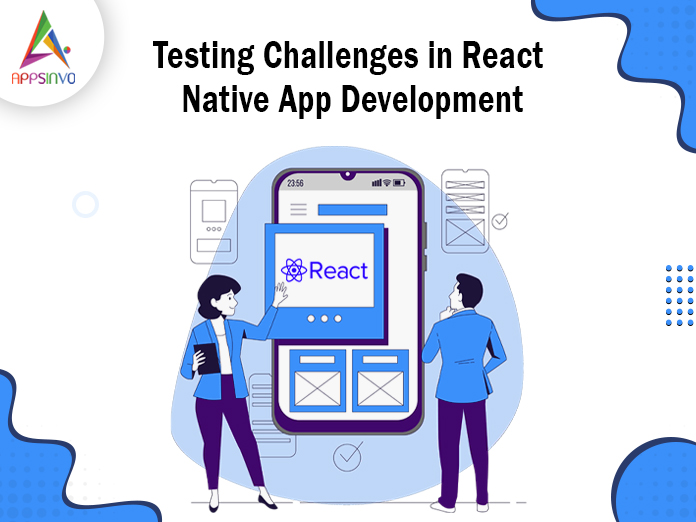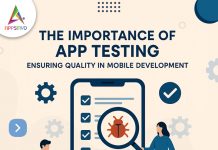React Native has become extremely popular as a framework for developing cross-platform mobile applications. However, despite its benefits, developers encounter a number of testing issues that might impede the development process. This article explores some of these issues and offers guidance on how to address them effectively.
1. Diverse device fragmentation.
Description
The wide range of devices and operating systems is one of the most difficult aspects of developing React Native apps. React Native allows developers to create apps for both iOS and Android, thus they must accommodate for differing screen sizes, resolutions, and hardware capabilities.
Impact
- User Experience Variability: Different devices may render components differently, resulting in inconsistent user experiences.
- Testing Overhead: Developers must perform rigorous testing on numerous devices, which can be time-consuming.
Solution
To ensure extensive testing, use device emulators as well as real devices. BrowserStack and Expo are tools that can help replicate multiple settings and lessen the testing burden.
2. Limited Debugging Tools
Description
While React Native has a robust ecosystem, the debugging tools available for it may be less mature than those for native development. This can make it difficult to identify difficulties.
Impact
- Increased Development Time: Developers may spend a significant amount of time attempting to detect bugs without the proper tools.
- Complex Error Tracking: Errors can sometimes be obscured, making them difficult to locate.
Solution
Use tools like Reactotron and Flipper to improve your debugging experiences. These technologies provide insights into application performance and can aid in more efficient problem detection.
3. Asynchronous testing.
Description
React Native apps frequently rely on asynchronous processes like API requests and user interactions. Testing these asynchronous components might be tricky.
Impact
- Timing Issues: Tests may fail intermittently due to timing errors, resulting in false negatives.
- Complex Test Scenarios: Writing tests for scenarios that require waiting for asynchronous processes can be difficult.
Solution
To handle asynchronous testing more gracefully, use libraries like Jest that use async/await patterns. Consider mimicking API responses to ensure consistent test results.
4. The Complexity of UI Testing
Description
Testing the user interface (UI) of a React Native app presents unique problems. The dynamic nature of UIs can cause a variety of difficulties that are difficult to notice.
Impact
- Visual regression issues: Minor code changes can cause unexpected visual disparities.
- Component Interactions: Testing how various components interact might complicate the testing process.
Solution
Use UI testing frameworks as Detox or Appium to automate UI tests. These frameworks make end-to-end testing easier and ensure that the UI functions as intended across many scenarios.
5. State Management Challenges
Description
Redux and MobX are popular state management technologies used in React Native apps. Testing components that depend on complicated states might be difficult.
Impact
- Difficulty of isolation: Isolating components for testing might be problematic when they are closely linked to the state.
- Increased complexity: Understanding how state transitions occur can complicate the testing process.
Solution
Use a clear design with discrete concerns, such as Redux middleware for asynchronous activities. This simplifies component testing by allowing them to be tested independently of the state control logic.
6. Performance testing
Description
Performance is critical for mobile applications, particularly in cross-platform environments such as React Native. However, administering thorough performance tests might be difficult.
Impact
- User Retention: Performance difficulties might result in bad user experiences, lowering retention rates.
- Resource Intensive: Performance testing might need a large amount of money and time.
Solution
To identify issues early, use performance profiling tools such as React Native Performance Monitor and add automated performance tests to your CI/CD process.
7. Continuous Integration/Deployment (CI/CD)
Description
Implementing CI/CD in a React Native environment can be difficult, especially with automated testing.
Impact
- Integration Problems: Ensuring that tests run smoothly across several environments can be tough.
- Dependency Management: Complex dependents in React Native projects might cause issues throughout the CI/CD process.
Solution
Adopt React Native-compatible CI/CD tools such as CircleCI and GitHub Actions. Build a rigorous testing suite that runs on every push to detect issues early.
Conclusion
While React Native is a strong solution for cross-platform app development, it is not without its drawbacks, particularly during testing. By understanding these problems and adopting effective solutions, developers may ensure a more efficient testing process and produce high-quality apps. Embracing best practices, using the correct tools, and keeping a clear design will help reduce the testing challenges associated with React Native development, resulting in more successful applications.











